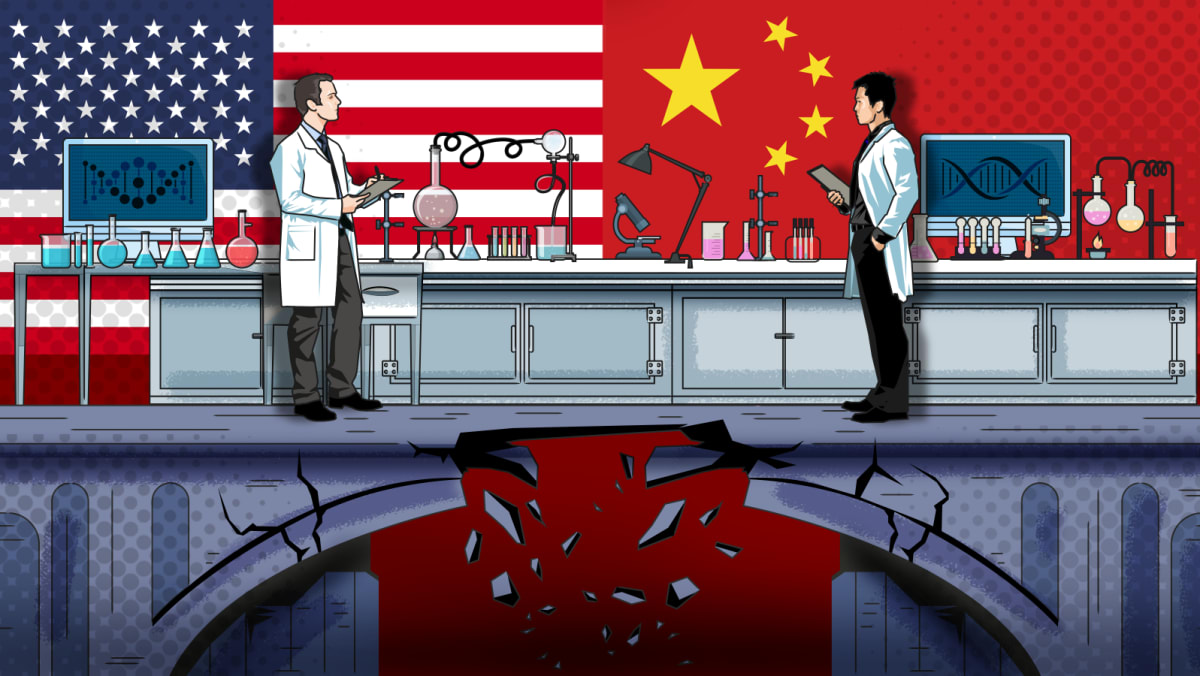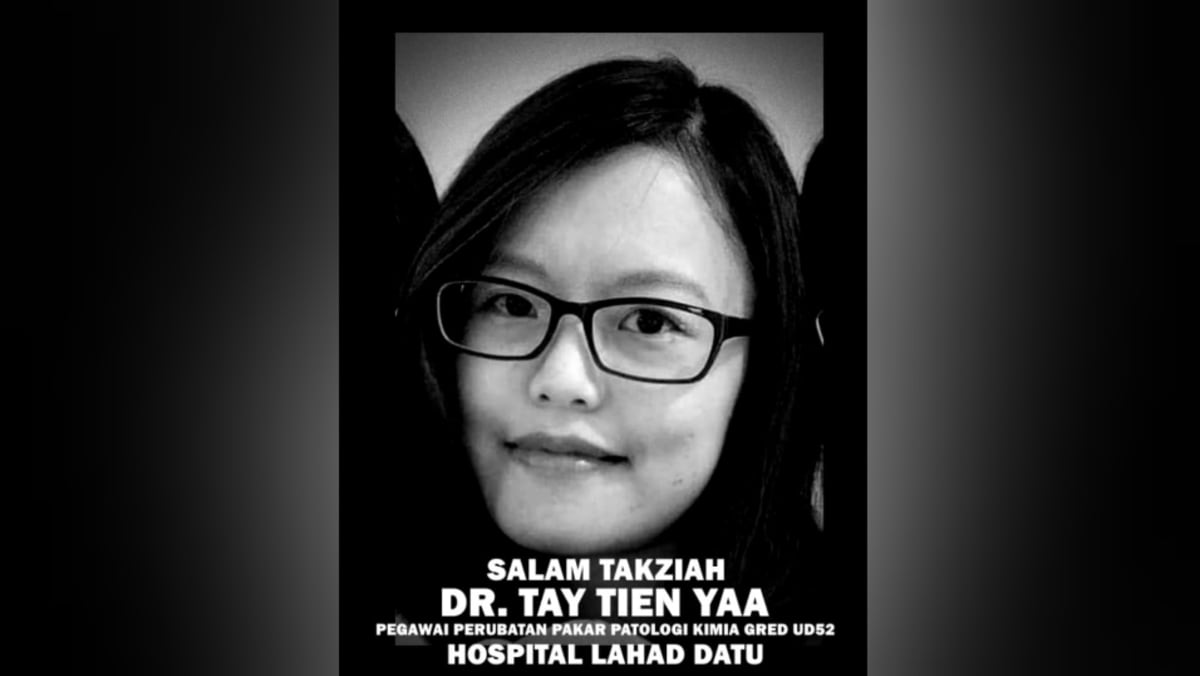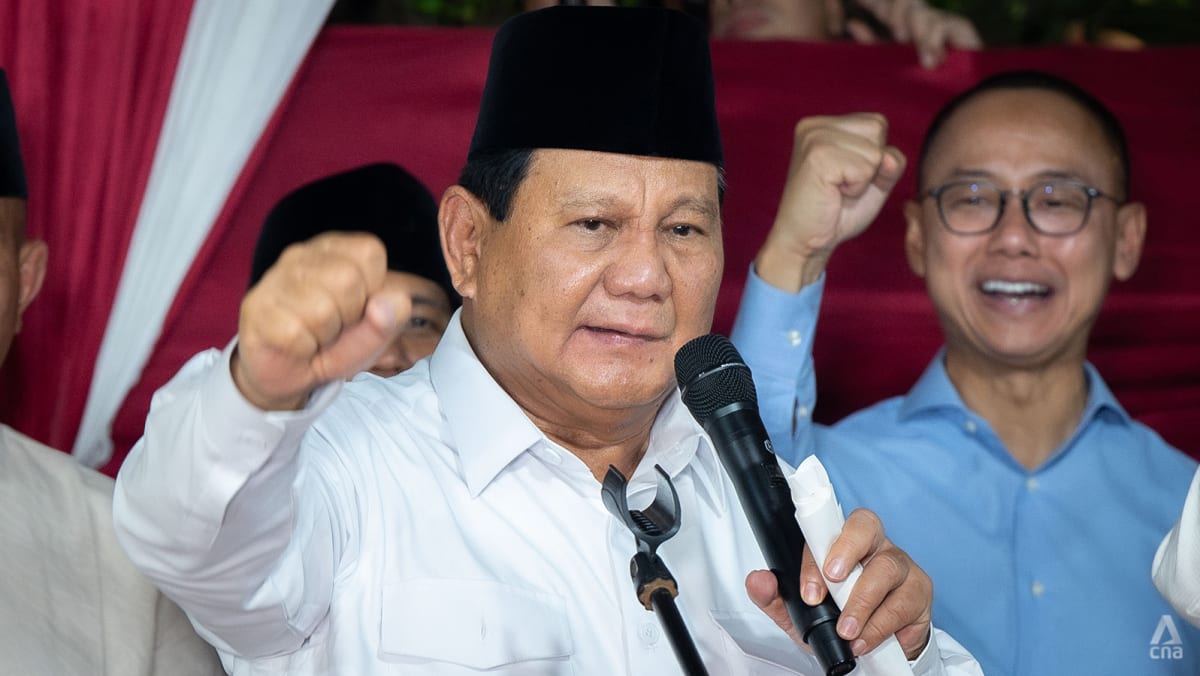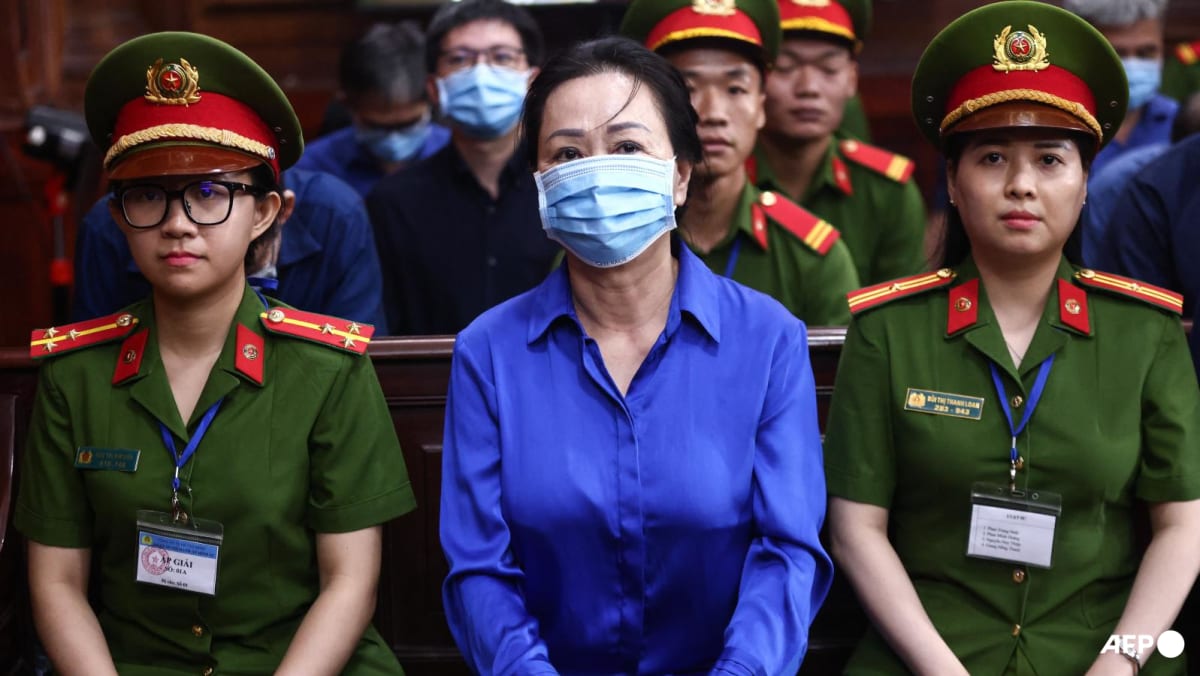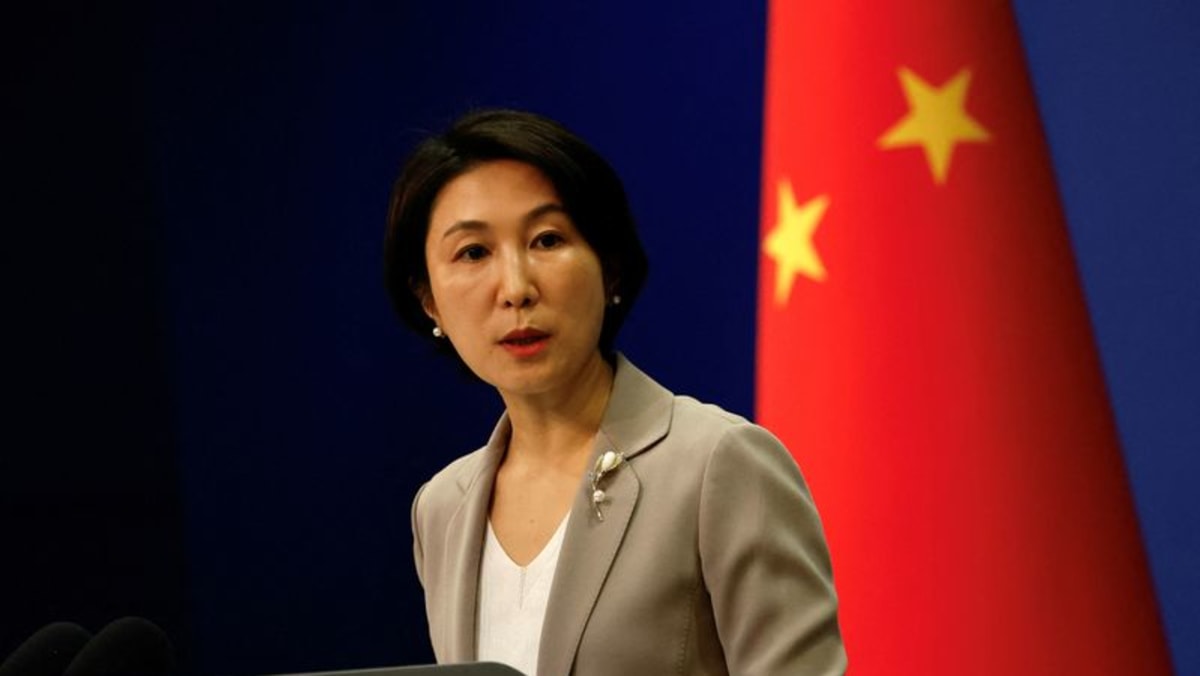BEIJING: China posted its slowest growth in a year and a half on Friday (Oct 18) as authorities come under pressure to follow up a recent slew of stimulus with more action to reignite the world’s number two economy.
Authorities have since last month unveiled a raft of measures to kickstart sluggish consumption and address a prolonged and debilitating debt crisis in the country’s colossal property sector.
After a blistering market rally fuelled by hopes for a long-awaited “bazooka stimulus”, optimism has tapered as authorities refrained from providing a specific figure for the bailout or detailing any of the pledges.
On Friday, Beijing’s National Bureau of Statistics (NBS) said the economy expanded 4.6 per cent year on year in the third quarter, down from 4.7 per cent in the previous three months and the slowest since early 2023, when China was emerging from its strict zero-Covid policy.
The NBS acknowledged a “complicated and severe external environment … as well as new problems of domestic economic development”.
Still, figures showing a forecast-beating rise in September retail sales – a gauge of consumer activity – provided a ray of light after a string of below-par readings on a range of indicators including inflation, investment and trade.
And ahead of the data, state media said the country’s top banks had cut interest rates on yuan deposits for the second time this year as part of a move to boost lending.
Beijing has said it has “full confidence” in achieving its annual growth goal, but economists say more direct fiscal stimulus is needed to revive activity and restore business confidence.
Recent weeks have seen authorities unveil a raft of measures to funnel cash into the economy including a string of rate cuts and loosened restrictions on home-buying.
China’s central bank on Friday launched one such measure – a swap facility for funds and insurers with an “initial application quota exceeding 200 billion yuan (US$28.1 billion)”, state media said.
The mechanism implemented by the People’s Bank of China (PBoC) will provide greater liquidity for capital markets, which policymakers hope will offer support for the wider economy.
And in a possible sign of more relief to come, PBoC chief Pan Gongsheng said on Friday that officials were considering a further cut to the amount commercial lenders must hold in reserve before the end of the year.








